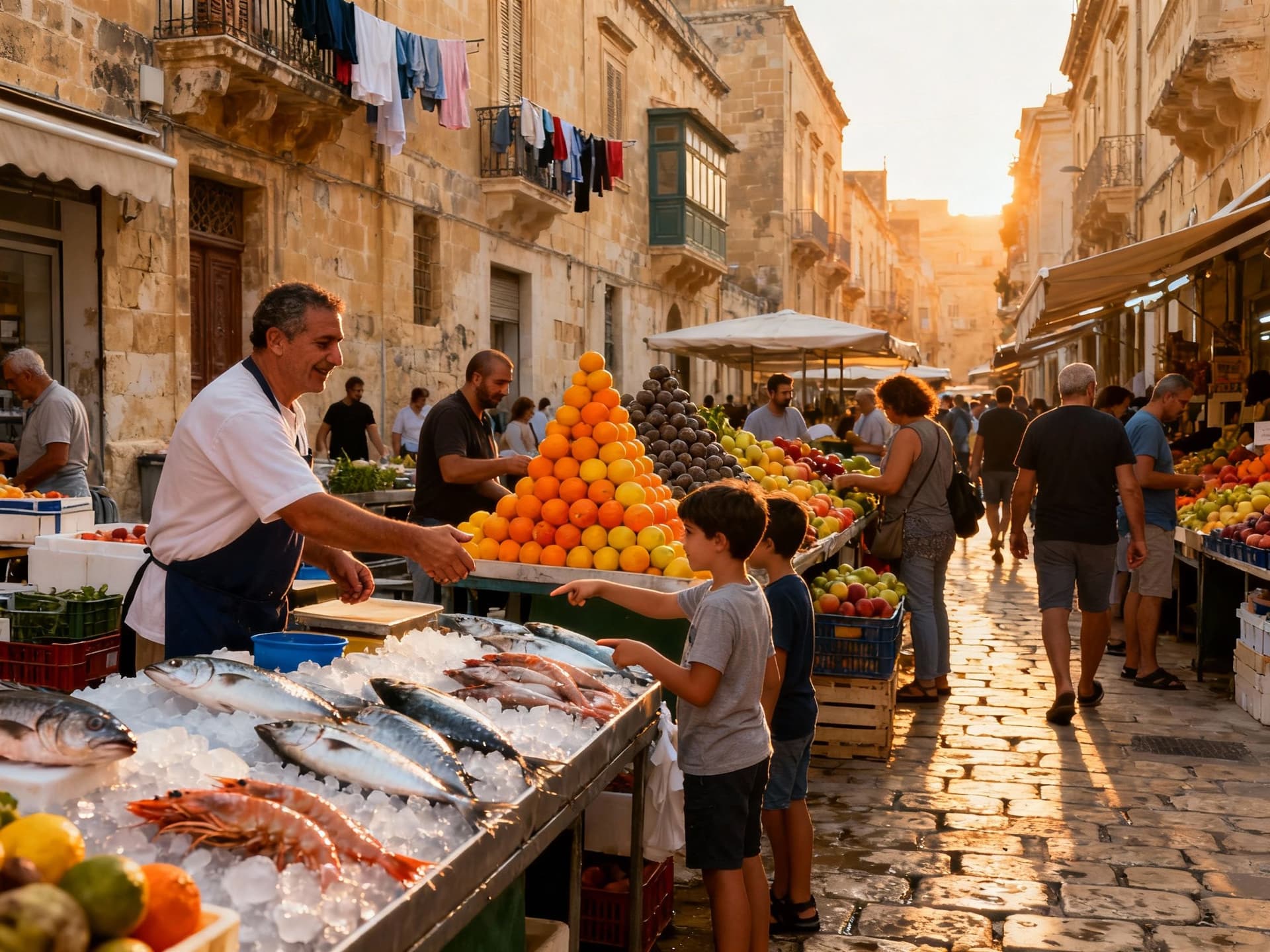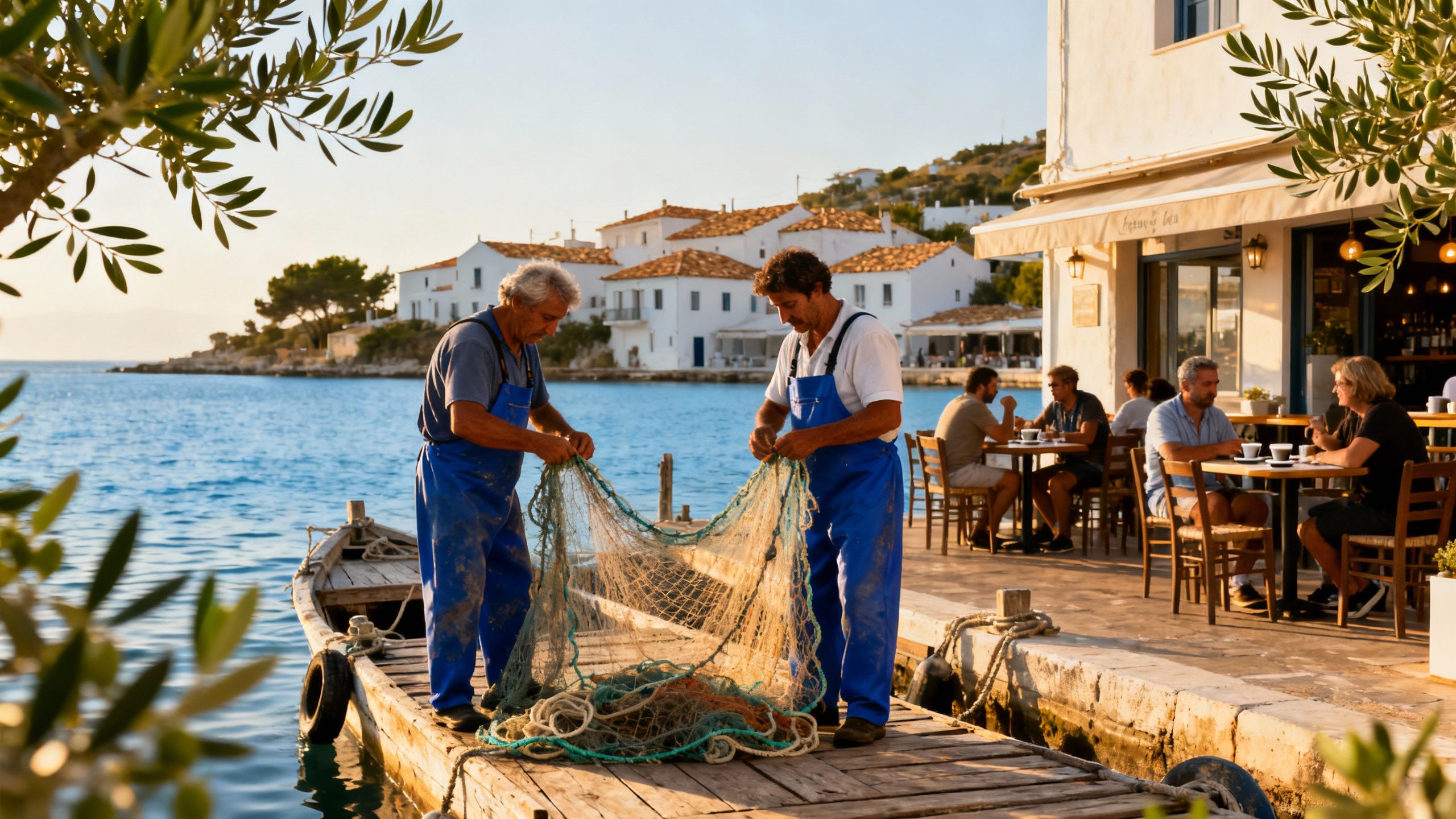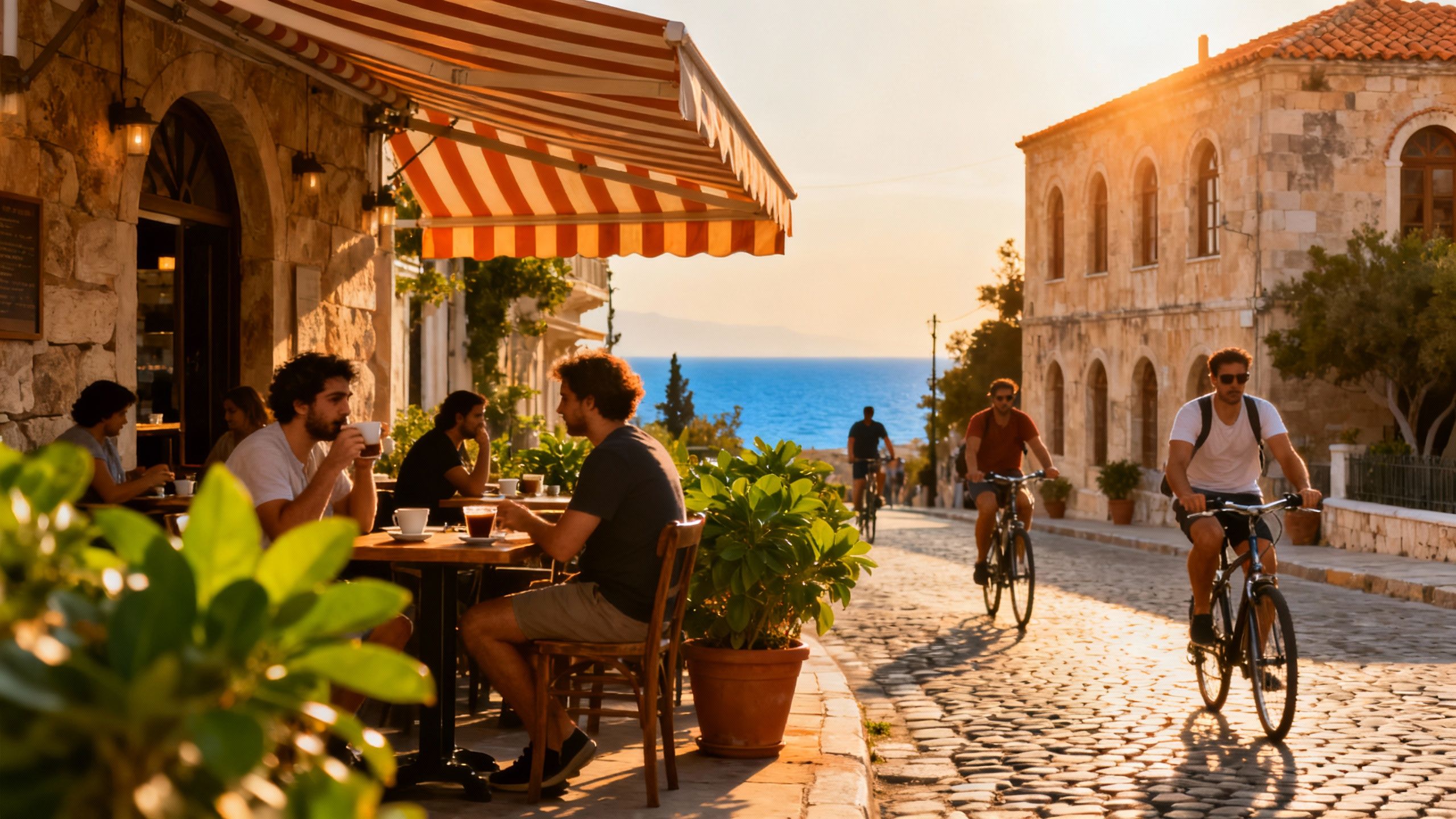Malta’s Green Reality: Roofs, Sunlight and the Long Game
Malta pairs honeyed streets and seaside life with a growing but nascent renewable scene; prioritise roof readiness, system records, and seasonal visits before buying.
Imagine waking to an island dawn where limestone terraces warm under a low, honest sun and neighbourhood cafés spill out onto narrow streets. In Malta, the rhythm of life is immediate — morning espresso in Sliema, a late-afternoon dip off Għajn Tuffieħa, and an evening of slow seafood in Marsaxlokk — and behind that easy pace a quiet transformation is happening: rooftop solar arrays, community gardens, and a national push toward offshore renewables are reshaping both energy and the meaning of home. For international buyers who care about green infrastructure as much as harbour views, Malta rewards curiosity — but it also demands local knowledge. Start here: what living the island life truly feels like, and what to check before signing the deed.
Living the Malta lifestyle: sunlit streets, stone, and community

Malta is compact and tactile: streets fold into courtyards, neighbourhoods are walkable, and the Mediterranean is never far. Valletta hums with museums and theatre; Msida and Sliema feel younger and busier with cafés and co‑working nooks; Nadur and Xagħra on Gozo offer a quieter, greener cadence. Light here sculpts every surface — honeyed stone, planted terraces, and small gardens — and that light is what makes rooftop photovoltaics both practical and visible in everyday life.
Valletta & the Three Cities: history with a modern pulse
Picture mornings at Café Cordina, a late walk along the Upper Barrakka Gardens, and evenings aboard a ferry across the Grand Harbour. Historic houses in Valletta offer carved balconies and thick walls that stay cool in summer — perfect for passive comfort — while the adjacent Three Cities (Vittoriosa, Senglea, Cospicua) still hold working harbours and intimate squares. These central quarters are social and connected, but properties here often require sensitive restoration to marry heritage with modern eco‑comforts.
Sliema, St Julian’s & the coast: terraces, cafés, and sea breezes
Walkable promenades, rooftop terraces, and evening promenades define the northern shore. In Sliema and St Julian’s you’ll trade cathedral quiet for a lively café scene and easy access to services. Smaller coastal towns like Mellieħa and the bays around Golden Bay and Għajn Tuffieħa favor homes with gardens and outdoor rooms — spaces that benefit directly from solar gain and natural ventilation.
- Lifestyle highlights: coffee haunts, beaches, markets and green pockets
- Morning espresso at Café Cordina (Valletta) and pastries at Italian-run bakeries in Sliema
- Sunday fish market in Marsaxlokk followed by a swim at St Peter’s Pool
- Hidden gardens in Rabat and restored townhouses with shaded internal courtyards
Making the move: practical considerations tied to green infrastructure

Your daydream of a sunlit terrace is tied to concrete realities: Malta’s electricity mix, rooftop solar take‑up, and the government’s timeline for offshore projects will affect energy independence, operating costs, and resale appeal. National statistics show renewables remain a small but growing share of Malta’s electricity production, with photovoltaic panels accounting for the large majority of local renewable generation. That context shapes practical questions you’ll ask about a property: existing PV capacity, roof condition, and orientation for panels.
Property styles and how they support a green life
From limestone townhouses with thick thermal mass to newer apartments with terraces, each property type offers trade‑offs. Townhouses keep interiors cool in summer but may need creative insertion of solar and insulation; modern blocks often have flat roofs suited to PV arrays. The NSO reports that domestic rooftop PV installations account for the vast majority of the stock, making rooftop readiness a key check when comparing homes. Ask for kWp installed, inverter age, and whether the system is tied to export tariffs or net‑metering arrangements.
Working with local experts who know both eco‑options and planning realities
When you work with an agency steeped in Malta’s green infrastructure, you get more than listings — you get practical checks and introductions. Steps to prioritise:
- 1. Request system documentation: PV capacity (kWp), install date, and recent maintenance records.
- 2. Confirm roof ownership and rights: who can install panels on shared roofs and what permissions are needed?
- 3. Ask about passive design: wall thickness, cross‑ventilation, and insulated windows that reduce cooling needs.
Insider knowledge: what expats wish they'd known about Malta’s green tradeoffs
Smart buyers fall in love with Malta’s light and community, then anchor decisions in three realities: Malta’s national renewable share still lags many EU peers; rooftop solar is widespread but variable in quality; and large-scale offshore projects are planned but will take years to affect local grids. Knowing these timeframes keeps expectations honest and helps you choose a property that already supports low‑impact living.
Cultural integration, language and daily life
English is an official language and many services cater to internationals, which eases practicalities like contracting installers or discussing planning permissions. Still, neighbourhoods have their own rhythms: market bargaining in Marsaxlokk, late dinners in St Julian’s, and close‑knit village life in Gozo. Being present during different seasons — summer bustle and quieter winter months — helps you sense where you’ll belong.
Long‑term lifestyle and stewardship decisions
Think beyond purchase: consider energy upgrades, rainwater capture (helpful for gardens), native planting to reduce irrigation, and how a property will age. Steps to future‑proof:
- 1. Budget for insulation and efficient glazing even in historic homes.
- 2. Prioritise south or west roof exposure if you plan to add panels.
Malta is publicly committed to increasing renewables and has signalled interest in offshore wind and floating solar to reach 2030 goals, but critics note the island still ranks low for renewable share in the EU. This makes private green measures — efficient appliances, solar-ready roofs, and water-wise landscaping — especially valuable for both comfort and resale appeal.
Conclusion: live the island life with both heart and facts. Let the mornings of lemon-scented air and limestone lanes be your reason to look at Malta; let system papers, roof orientation, and an agent who understands green infrastructure be your reason to move with confidence. If you dream of a home that sits lightly on the landscape, start by visiting neighbourhoods in different seasons, request PV and fabric documentation for every property, and ask your local agent about planned offshore projects and grid upgrades — then choose a place where the sun, the sea and sensible stewardship meet.
British expat who traded Manchester for Mallorca in 2017. Specializes in guiding UK buyers to luxury Spanish estates with clear navigation of visas and tax.


